- Czech Republic
- Things to do in Prague
- Jan Palach Memorial
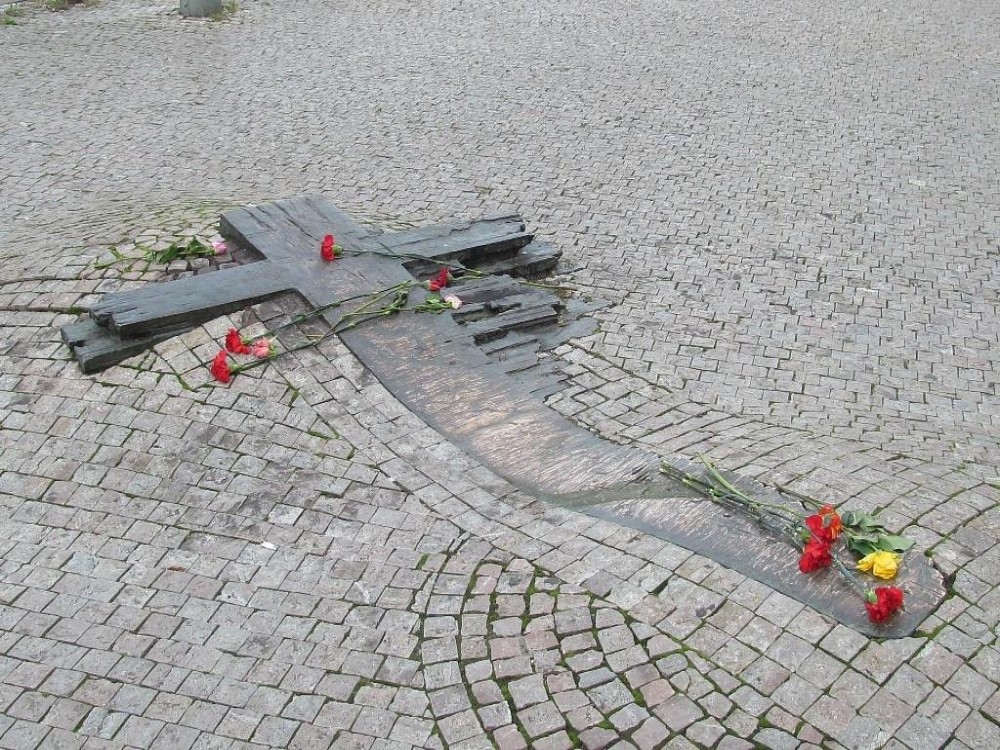
Jan Palach Memorial
The Jan Palach Memorial (Památník Jana Palacha) commemorates the life and sacrifice of Jan Palach, a Czech student who set himself on fire in January 1969 to protest the Soviet-led invasion of Czechoslovakia and the crushing of the Prague Spring. Located in Wenceslas Square, near the National Museum, the memorial is a solemn and symbolic site that pays tribute to his courage and the ideals of freedom and resistance. Palach’s act of self-immolation became a powerful symbol of resistance against oppression.
Jan Palach Memorial Tours & Excursions
The Basics
The memorial features a bronze cross embedded in the pavement near the National Museum, marking the spot where Palach’s protest occurred. Nearby, a plaque honors both Palach and his fellow protester, Jan Zajíc, who also self-immolated in protest. While modest in scale, the memorial carries immense historical and emotional significance, drawing visitors interested in Czech history and the fight for democracy.
Things to Know Before You Go
The Jan Palach Memorial is a public space and free to visit. Its simplicity encourages quiet reflection, and visitors are asked to maintain a respectful demeanor. The site is often adorned with flowers and candles left by those paying their respects. Understanding the context of the Prague Spring and Czechoslovakia’s 1968 political struggles enhances the experience.
How to Get There
The memorial is located at the top of Wenceslas Square, near the National Museum and the statue of St. Wenceslas. The nearest metro station is Muzeum (Lines A and C), and trams 11 and 13 also stop nearby. Its central location makes it easily accessible on foot from other key landmarks in Prague.
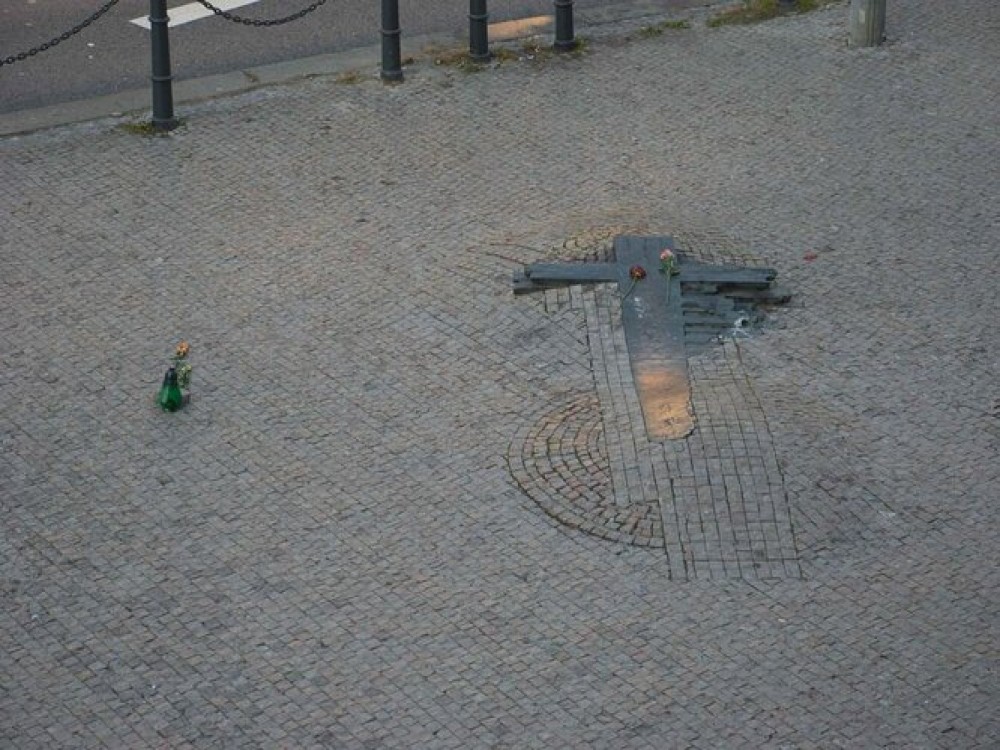
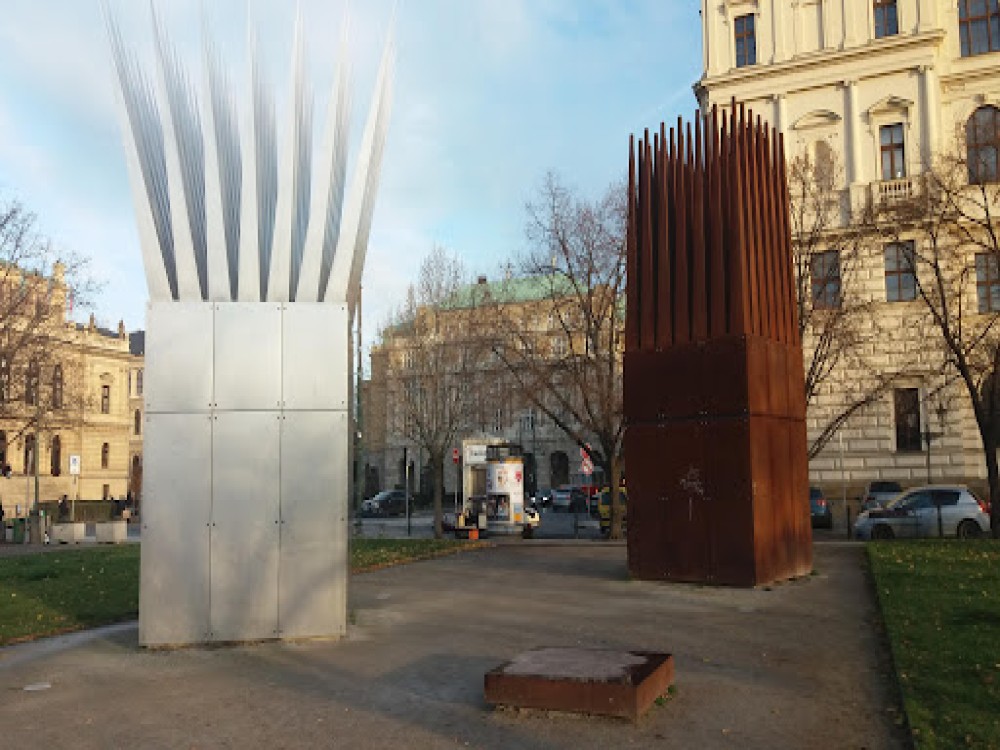
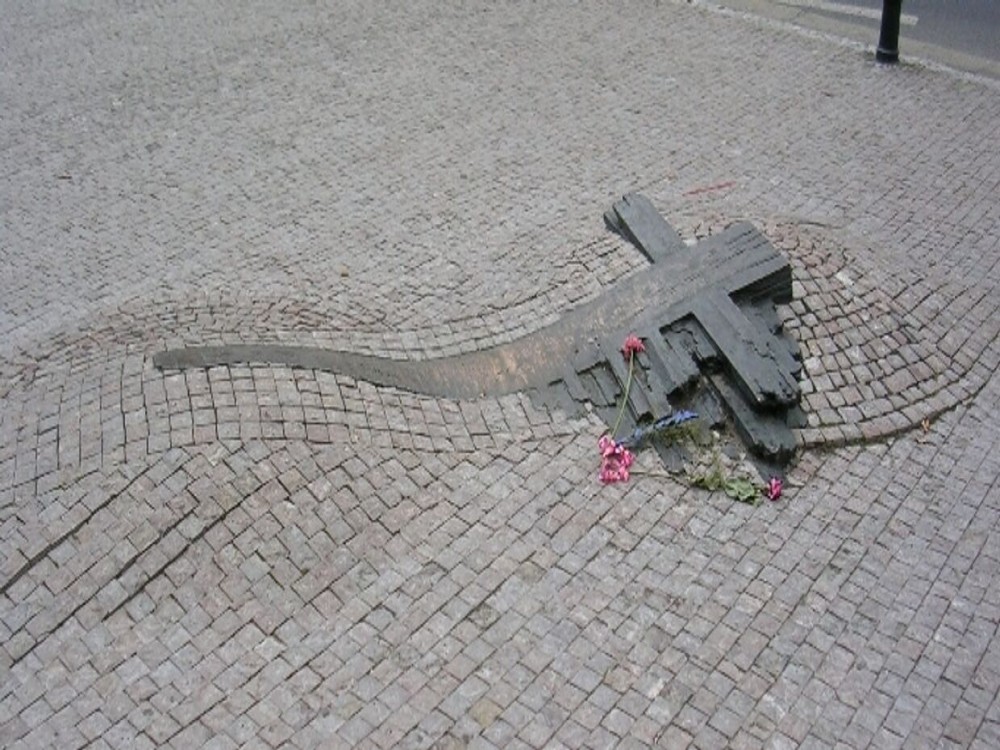
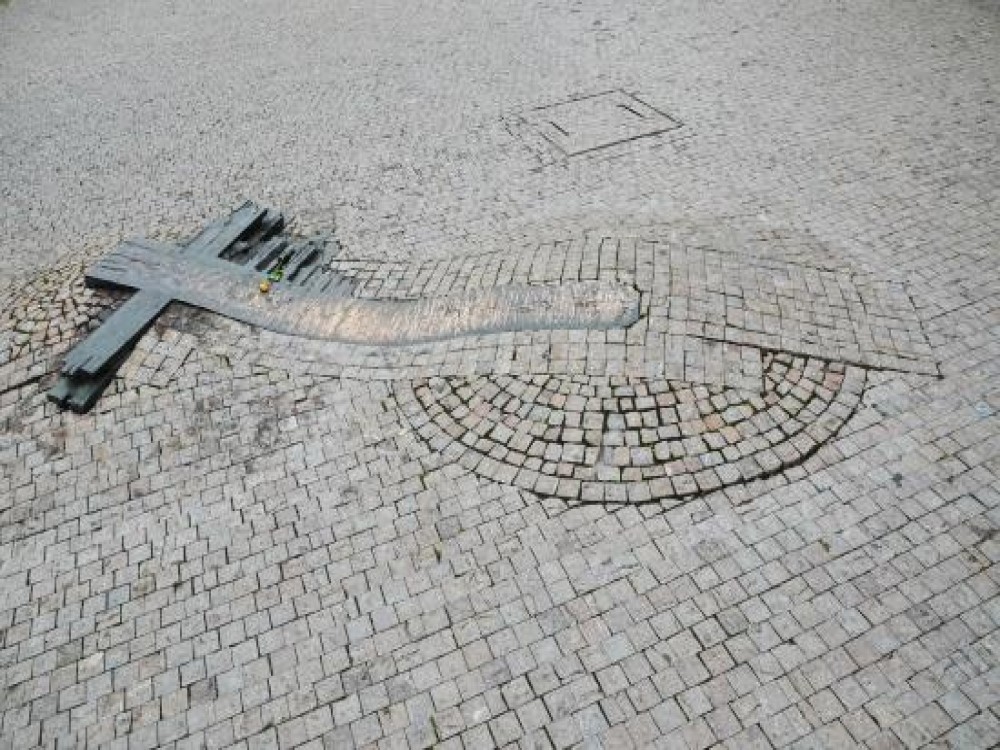

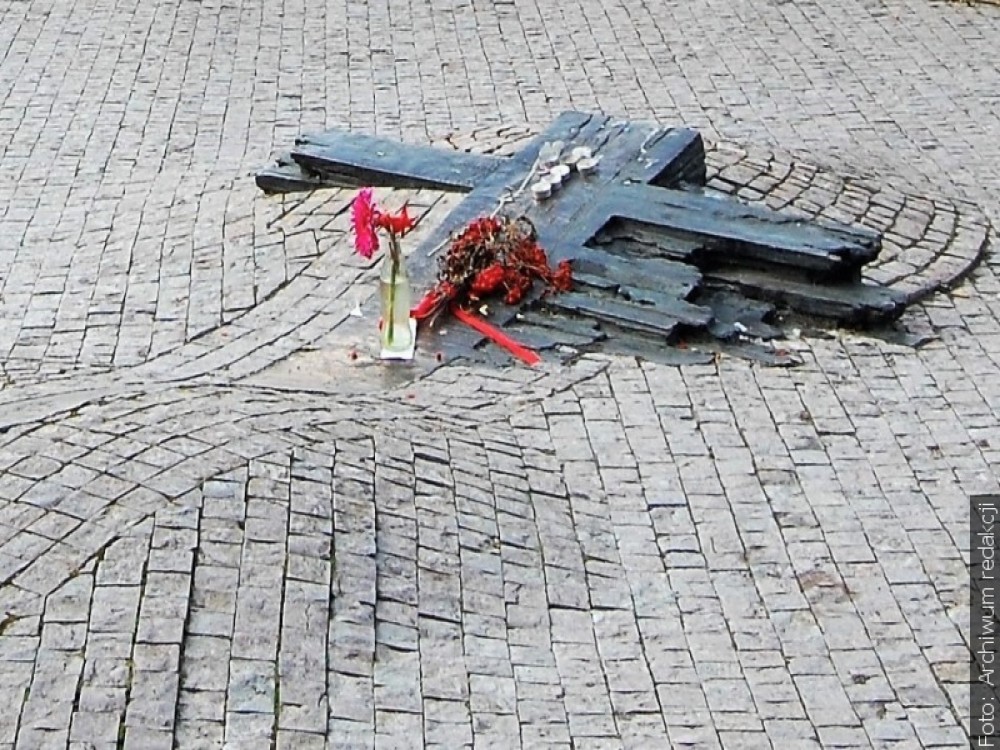
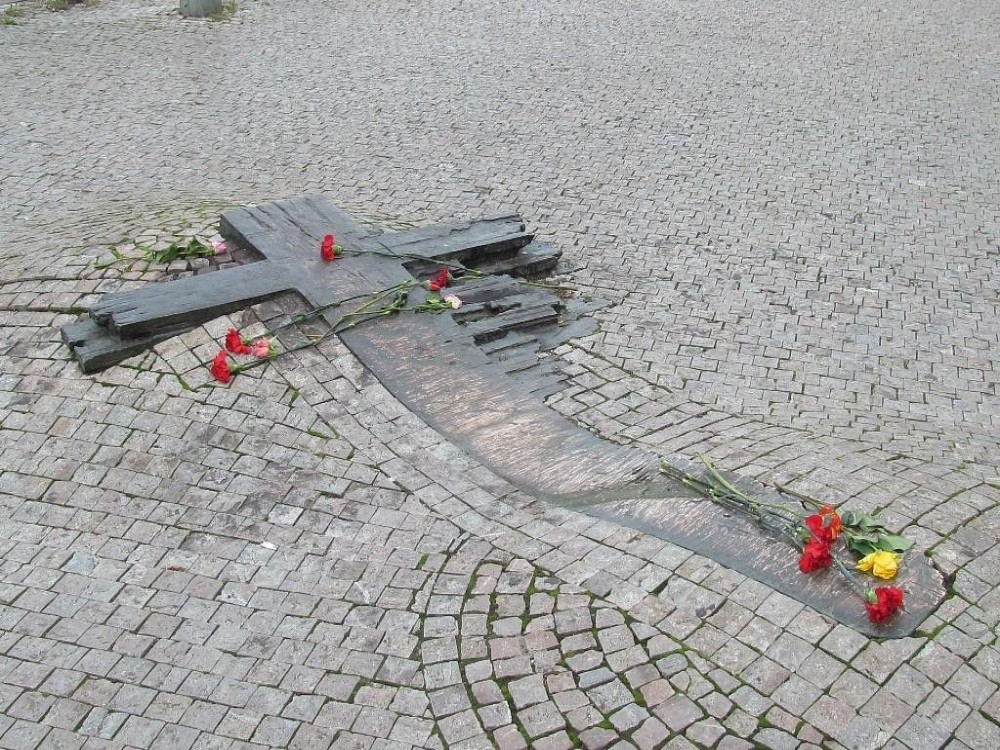
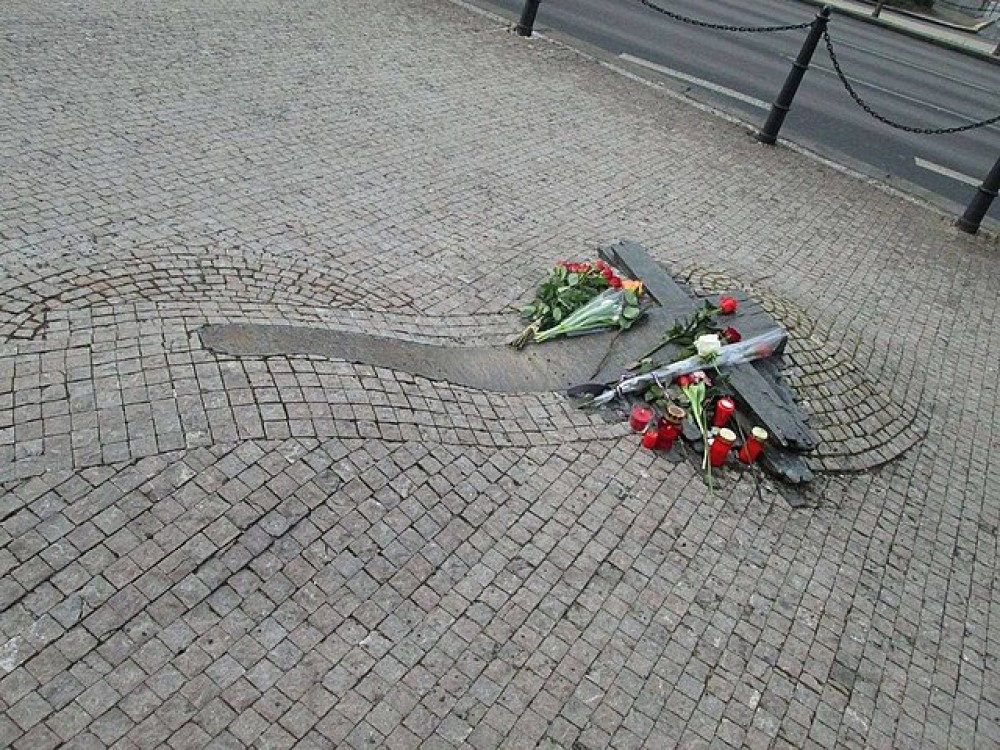
When to Get There
The memorial is accessible year-round. While it can be visited at any time, early mornings or evenings offer a quieter atmosphere for reflection. Significant dates, such as January 16 (the anniversary of Palach’s protest), often draw larger crowds and commemorative events.
Day Trips from Prague
Combine your visit to the Jan Palach Memorial with a trip to the National Museum, which provides deeper insights into Czech history and the events surrounding 1968. Wenceslas Square offers additional historical landmarks, shops, and cafes. For a broader exploration of Palach’s legacy, visit Jan Palach Square near the Rudolfinum, which also features a memorial dedicated to him.
Copyright © 2025 All Rights Reserved


